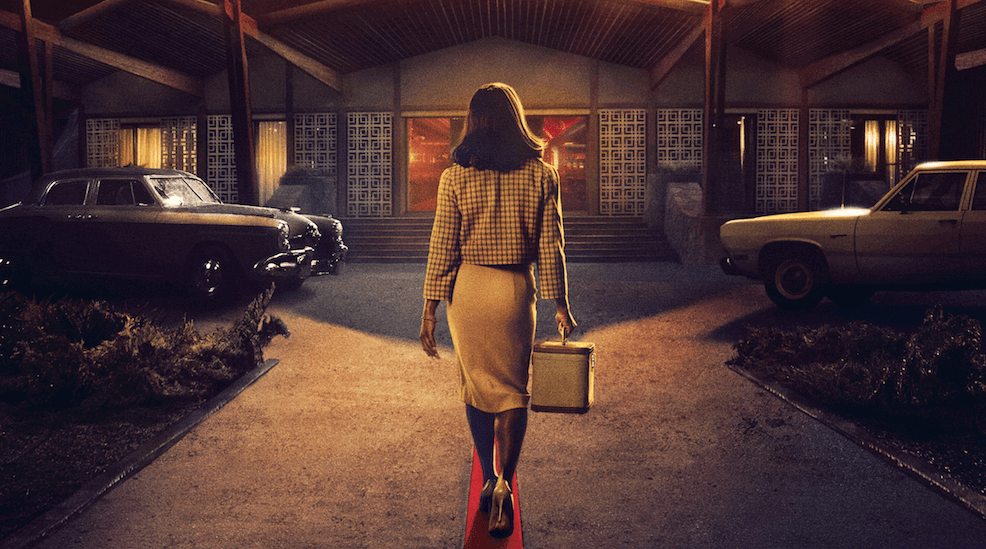by The Cowl Editor on October 25, 2018
Arts & Entertainment
by: William Burleigh ’19 A&E Staff
In October 2017, a GQ Magazine article asked the question of “how we ended up in the ‘Golden Age of Horror Movies.’” Freshness and originality have brought on a renaissance in the genre of horror, propelled by innovative films such as Get Out, It, and, more recently, A Quiet Place.
But this new wave of creativity is considered to be a recent development. Less than a decade ago, the horror genre was growing stagnate and in need of rejuvenation. The horror tropes which directors had leaned on for decades had become cliché, leading to the need for a total creative overhaul.
American filmmaker Drew Goddard tackled this obstacle head-on in 2011 with his directorial debut The Cabin in the Woods. This film, about five friends who rent out a remote cabin while on vacation and get more than they bargained for, was a commercial and critical success.
It gained acclaim for the way its twisting screenplay threw out the formula for what made horror films familiar and upended the traditional genre conventions that audiences had come to know so well. The Cabin in the Woods did not just wink at the audience; it completely pulled back the curtain on the tropes of the genre, deliberately shining the spotlight on the elements of horror which were successful and which had become played out and trite.
While Goddard’s The Cabin in the Woods did not necessarily kick-start the recent horror renaissance, it still marked an important transitional chapter on the journey from the old style to the new, primarily for its self-reflexive ability to confront its genre trappings head-on, and evolve the genre through deconstruction.

Goddard, who also wrote Cloverfield and The Martian, is back at it again this fall with his second directorial work, Bad Times at the El Royale, which was released on Oct. 12. With this film, Goddard attempts to examine and deconstruct another popular film genre: the crime thriller. Goddard accomplishes this in stride with a suspenseful, pulpy mystery that expertly examines three typical tropes of the crime genre – setting, characters, and atmosphere – while providing them with a fresh spin.
At the core of Goddard’s film is its innovative setting. It takes place in the late-1960s at the titular “El Royale,” a once-bustling but now-deserted hotel that lies quite literally on the border of California and Nevada. Amusingly, the state line runs directly through the lobby, with half the hotel’s rooms set in either state. Drinking is allowed on one side and gambling permitted on the other. The wild and unpredictable plot kicks off when seven strangers end up stranded together at the hotel on a dark and rainy night.
Events involving a hidden passageway, a robbery gone wrong, and a deadly game of roulette ensue. Goddard leans into one of the most essential tropes of the crime genre with an all-star cast playing outlandish and engaging characters, each hiding a secret.
Jon Hamm stars as Laramie Sullivan, a salesman with a Southern drawl and a sleazy attitude. Jeff Bridges plays a Catholic priest with a shady past and a suspicious tendency to play up the symptoms of his dementia. Dakota Fanning plays a sarcastic hippie who would rather be anywhere else than the “El Royale.”
But stealing the show is Cynthia Erivo, a newcomer very much poised for a break-out in the coming months due to Steve McQueen‘s Widows (Nov. 16) and a starring role in the 2019 Civil War abolitionist biopic Harriet. Erivo plays Darlene, a struggling soul singer who is just trying to make it to her next show.
As if that were not enough, the third act offers Chris Hemsworth—who also appeared in The Cabin in the Woods—playing a very shirtless but very chilling Charles Manson-esque cult leader.
In addition to its fantastic characters, Bad Times at the El Royale possesses a deliciously intoxicating atmosphere, with many elements contributing to its constant air of suspense.The film is a total throwback: the plot, focused on a small cast of characters confined in a singular environment as intensity bubbles, invokes Alfred Hitchcock and Agatha Christie as well as Quentin Tarantino. Goddard utilizes non-chronological story-telling to maximize the elements of mystery throughout the plot.
The film’s soundtrack, composed of a unique combination of eerie string pieces and 1960s doo-wop hits such as “He’s Sure the Boy I Love,” “He’s a Rebel,” and “Can’t Take My Eyes Off You,” helps maintain the film’s simultaneous feelings of foreboding and nostalgia.
Each of these elements, in addition to the period costumes and looming sense of intrigue, help contribute to the almost-suffocatingly intense atmosphere that helps carry the film through its 142-minute runtime.
Ultimately, while Goddard took risks by deconstructing the clichés of the crime thriller genre in Bad Times at the El Royale, his film sticks the landing due to its innovative setting, fascinating characters, and suspenseful atmosphere, all of which combine to form a wild and exciting story that will keep you guessing until the end.